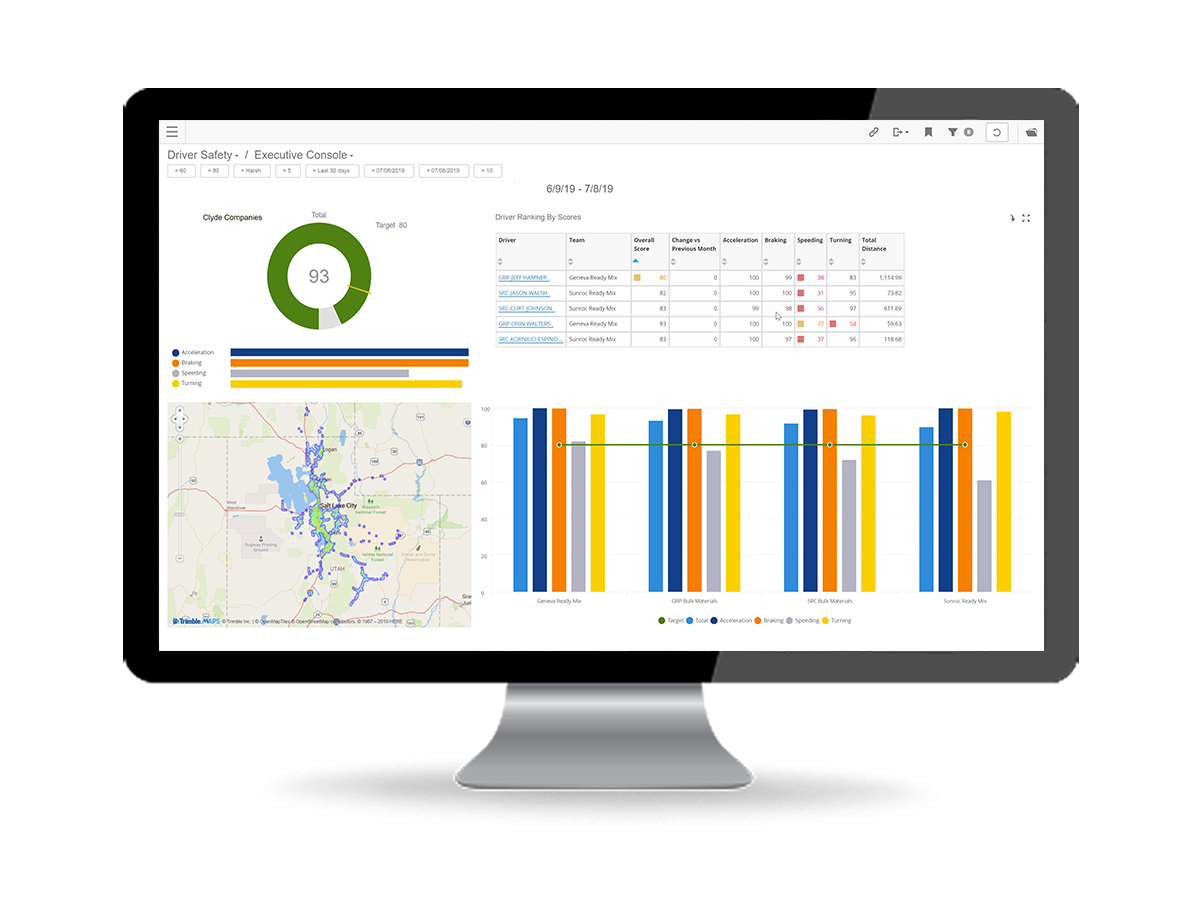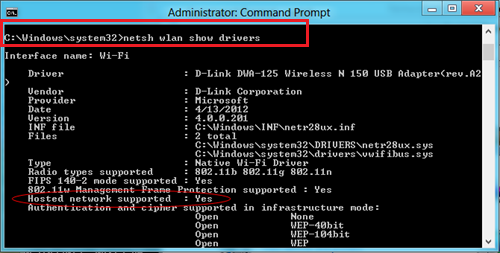The 8.0.3 version of Digidesign Audio Drivers is provided as a free download on our website. Digidesign Audio Drivers lies within System Utilities, more precisely Device Assistants. The most popular versions of the program 8.0, 7.4 and 7.3. Digidesign Audio Drivers can be installed on Windows XP/Vista/7/8/10 environment, 32 and 64-bit versions. To install the Command 8 controller and installer: 1 Connect your Command 8 with a USB cable and power it on. 2 When the “Found New Hardware” dialog appears, do not cancel it. 3 Continue by launching Command 8 Driver Setup. 4 Follow the on-screen instructions in install the Command 8 controller 5 Restart your computer when prompted. To install the Command 8 controller and installer: 1 Connect your Command 8 with a USB cable and power it on. 2 When the “Found New Hardware” dialog appears, do not cancel it. 3 Continue by launching Command 8 Driver Setup. 4 Follow the on-screen instructions in install the Command 8 controller 5 Restart your computer when prompted. Better all-round performance of your PC due to automatic driver updates which will keep all your devices and your PC in top condition; Common Windows 8 Driver Problems. The most common Driver Downloads for Windows 8 are for Windows 8 Dell, HP and Intel Drivers. Updates are available across a wide range of manufacturers and devices.

How To Easily Disable Driver Signature Enforcement On Windows 10?
Microsoft has included a feature called Driver Signature Enforcement on Windows operating systems. When installing drivers on your computer, some might work properly and others might not. The Driver Signature Enforcement feature ensures that Windows can only load drivers that have been 'signed' by Microsoft. The installed driver must be a signed driver that includes a digital signature - an electronic security mark that details the publisher of the driver and all related information (for example, if the original contents of the driver package have been changed). All drivers and system files must be digitally verified by Microsoft and, furthermore, Windows will not run unsigned drivers on either 32-bit or 64-bit systems. This whole philosophy is called “driver signature enforcement”.
If a driver is not certified or signed by Microsoft, you will receive a message such as 'Driver has been altered', 'Windows cannot install this driver', or another similar notification. Many programs use driver files that do not have digital signature authentication - these could be unofficial drivers, outdated drivers, or those developed by yourself or other individuals. To receive verified certificates, manufacturers and developers must pay Microsoft. This makes many drivers unavailable within Windows. To install unsigned drivers on your computer and make them work properly, you must disable driver signature enforcement.

Driver Signature Enforcement is designed to achieve maximum security and it is a good feature, however, there may be times when you need to install drivers not digitally signed by Microsoft. This feature will prevent you from doing so. Fortunately, you can disable Driver Signature Enforcement, and in this article we show how.

Command 8 Driver For Mac

Table of Contents:

It is recommended to run a free scan with Combo Cleaner - a tool to detect malware and fix computer errors. You will need to purchase the full version to remove infections and eliminate computer errors. Free trial available.
Disable Driver Signature Enforcement Feature Using Command Prompt
Command Prompt is the input field in a text-based user interface screen, a command line interpreter application available in most Windows operating systems. It is used to execute commands entered via the keyboard. Most of these commands are used to automate tasks through scripts and batch files, perform advanced administrative functions, troubleshoot, and solve certain types of Windows issues. In the early days of computing, Command prompt was the only way to interact with the computer, so a simplistic set of commands with rigid syntax was created to perform system many functions. Command Prompt's official name is Windows Command Processor, but is also sometimes called the command shell or cmd prompt, or even referred to by its filename, cmd.exe. To use Command Prompt, you must enter a valid command along with any optional parameters. When executed, the command performs whatever task or function you require in Windows. Some commands available in Windows require that you run them from an elevated Command Prompt. This means that you have to run them with administrator level privileges.
This solution is a permanent one, so make sure that you want to disable the Driver Signature Enforcement feature for good. To run Command Prompt as administrator, type 'command prompt' in Search and right-click the 'Command Prompt' result. Select 'Run as administrator' from the drop-down menu to run Command Prompt with administrator privileges.
Command 8 Drivers Pro Tools 10
When Command Prompt is open, type this command: 'bcdedit.exe /set nointegritychecks on' and press Enter execute it.
If you want to re-enable the Driver Signature Enforcement feature, open Command Prompt as administrator and type this command: 'bcdedit.exe /set nointegritychecks off'. This is essentially the same command as before, except that the last word is changed from 'on' to 'off'.
Another way to disable the Driver Signature Enforcement feature via Command Prompt is to open Command Prompt as administrator and type the following commands: 'bcdedit.exe -set loadoptions DISABLE_INTEGRITY_CHECKS'. Press Enter to excetute.
Then, enter this command: 'bcdedit.exe -set TESTSIGNING ON' and press Enter.
Close Command Prompt and restart your computer for the changes to take effect.
To re-enable Driver Signature Enforcement, repeat the steps by changing the first command to 'bcdedit -set loadoptions ENABLE_INTEGRITY_CHECKS', and the second command to 'bcdedit -set TESTSIGNING OFF'. After completing these steps, restart your computer for the changes to take effect.
Disable Driver Signature Enforcement Feature Using Automatic Repair
Automatic Repair is an built-in troubleshooter, which should help to fix the most common computer issues. It is a system recovery tool that automates common diagnostic and repair tasks of unbootable Windows 10 installations. In this case, we are will use the Startup Settings option to disable the Driver Signature Enforcement Feature.
Bear in mind that this method disables Driver Signature Enforcement temporarily - it will be re-enabled the next time you start Windows. To temporarily disable Driver Signature Enforcement, click the Power button and then click 'Restart' while holding the Shift key. This will restart your computer and open the Automatic Repair screen.
In the Automatic Repair blue screen, click 'Troubleshoot'.
In Troubleshoot, click 'Advanced Options'.
In Advanced options, select 'Startup Settings'.
In Startup settings, click 'Restart'. This will restart your computer so you can change Windows options.
Now press number 7 or F7 and this will start Windows with the option to disable Driver Signature Enforcement.
Now you can install the unsigned drivers, until the next restart. We hope that this guide was helpful and that you were able to disable Driver Signature Enforcement.
Comments are closed.